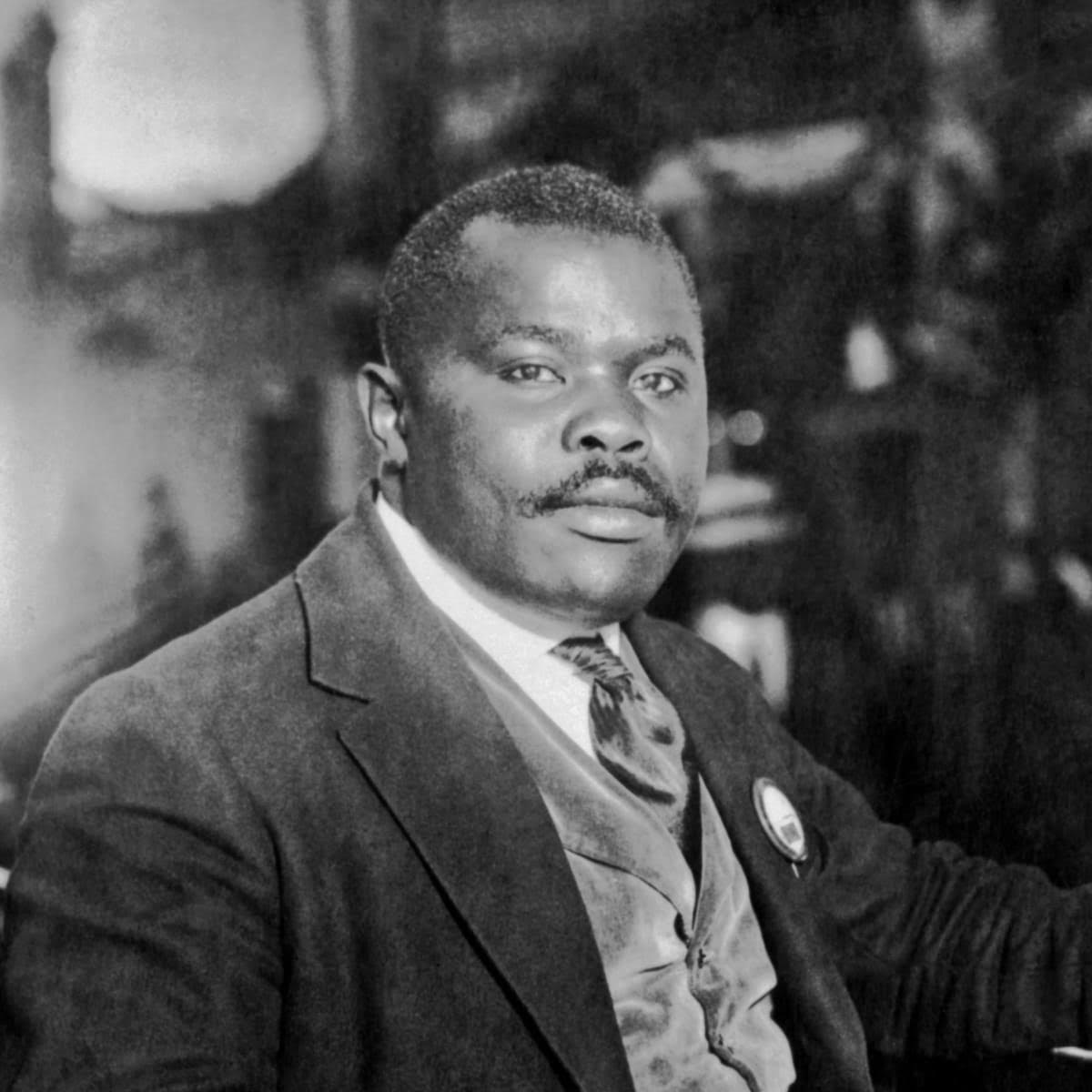
How does one conceive of Jamaica as a nation? The conventional approach has been that Jamaica is a nation of many races and we must learn to live together. This approach deflects from the legacies of 300 years of British slavery and colonialism.
Jamaica is more than 90% of African descent. Whereas Indians and Chinese born in Jamaica claim their racial ancestry as Indians and Chinese most black Jamaicans identify only with the nation as Jamaicans and not with their race. This hides a deep-seated inter-generational revulsion for Africa and underlines the ambiguity and ambivalence identified in the writings of Rex Nettleford (1933-2010) and Barry Chevannes (1940-2010) that black Jamaicans have toward blackness and Africa.
Jamaicans are still troubled by Peter Tosh’s compelling lyric, “No matter where you come from, as long as you’re a black man, you are an African”. With these words Tosh set to music a central idea of Marcus Garvey which challenges our self-hate and ambivalence and which are a huge hindrance to the full realization of our national and international potential.
We must unlearn ideas of inferiority, that anything black nuh good; that a lighter skinned person is better looking than we are; that we should bleach. We must unlearn weak self-confidence, the lack of self-respect and regard for others. Garvey addressed all these issues in his talks with the Jamaican people and he embraced his African roots.
Part of the change that is necessary is the teaching of African history as part of the background to Caribbean history. The same can be said of our need to understand the history of India and China and the cultural and trade linkages between Africa and these peoples before the transatlantic slave trade. This approach is important for us to re-envision our 21st century relations with Africa, China and India which are emerging as economic engines.
What is necessary is an integrated approach to world history from the standpoint of the foundational contribution through the transatlantic slave trade and plantation slavery to Western capitalism. We have solid classics to start with such as Black Reconstruction by W.E.B. DuBois, Capitalism and Slavery by Eric Williams, How Europe Underdeveloped Africa by Walter Rodney among many others.
Garvey was a pioneering development economist and advocate for what he called a New Jamaica. He even published a newspaper, called The New Jamaican, from 1932-1933. In consultation with the Jamaican people, he developed a programme for Jamaica’s economic, social, cultural, and political development. This programme was developed in 1929 and formed the basis for the People’s Political Party’s campaign in the 1930 election for the Legislative Council. Central to this programme was the economic demand for land reform which focused on land for small and medium farmers in an economy dominated by large landowners with sugar and banana plantations and by Crown lands. Out of this development he envisaged the emergence of a black business class that would use capital accumulation to invest.In the 1929 manifesto of the Peoples Political Party we find the following policy positions that were the result of a people’s convention.
- Protection of native labour
- A minimum wage for the working and labouring classes of the island
- A Law to protect the working and labouring classes of the country by insurance against accident, sickness, and death occurring during employment.
- An eight-hour working day throughout Jamaica.
- Land reform.
- A law to encourage the promotion of native industries.
- A law to compel the employment of not less than 60% of native labour in all industrial, agricultural and commercial activities engaged in this island.
- The establishment by the Government of an electrical system to supply cheap electricity to such growing and prospering centres as are necessary.
- The compulsory improvement of urban areas from which large profits are made by trusts, corporations, combines and companies.
- A law to prevent criminal profiteering in the sale of lands in urban and suburban areas to the detriment of the expansion of healthy home life of citizens of moderate means, profiteering such as has occurred in lower St. Andrew by heartless land sharks.
- A law to empower the parochial boards of each parish to undertake, under the direction of Central Government, the building of model sanitary homes for the peasantry by a system of easy payments over a period from 10 to 20 years.
- A law to empower the Government to secure a loan of three million (or more) pounds from the Imperial Government, or otherwise, to be used by the Government, under the management of a department of the Director of Agriculture, in developing the Crown lands of the island, agriculturally and otherwise, with the object of supplying employment for our surplus unemployed population and to find employment for stranded Jamaicans abroad; and that the Government purchase such ships, as are necessary from time to time, to facilitate the marketing of the produce gathered from these Crown lands, and at the same time offering an opportunity to other producers to ship and market there produce.
Garvey followed up on his policy advocacy in two memoranda, in 1934 and 1938, to Governor Denham of Jamaica, and the British Secretary of State for the Colonies, respectively. Among the initiatives he took before leaving the island for good in 1935 was the establishment of the Permanent Jamaica Development Convention (PJDC) in 1934. The PJDC held an All-Island Convention in the parish of St. Andrew from September 3 to 12, 1934, “which was attended by delegates from the different parishes, and which discussed most seriously and thoroughly the social, economic and educational conditions of the Island”.
This convention took place on the centenary of W.I. emancipation from slavery in 1834. It was therefore an initiative which was anchored in the politics of freedom that the colonial system had deliberately frustrated. It also demonstrates the importance of consultation with the people as a central element in Garvey’s work of representation.
The 1934 memorandum outlined a development programme for Jamaica and a request for a loan of £10 million which, in current value, would amount to £656,821,656.07. This was to be a long-term loan of some 40 years that would partially be paid for by a tax “on all properties sold in this island or transferred from one owner to the next within the period of the loan…” The preamble to the 1934 memorandum contended “the conditions socially and economically now prevailing in Jamaica are of such as to be regarded with alarm, seeing that tens of thousands of the inhabitants are out of employment and other hundreds of thousands are almost destitute and hopeless in their condition, and whereas, socially, the bulk of the population falls below the standard of the people of other communities in our present civilization by virtue of the fact that they are not able to provide themselves with healthy, sanitary and congenial means of living the convention called for a loan of £10,000,000”.
The background to this crisis was the global capitalist depression of 1929-1933. Industrial output in the capitalist world shrank by 38%. “Agricultural output dropped by over one-third. Thousands of banks crashed, and currency depreciated in 56 countries. Unemployment in the capitalist world rose to 35 million. This included 16 million in America, 5.5 million in Germany, 3 million in Britain and 2.8 million in Japan; for the colonies it meant that the prices received for agricultural raw materials and food dropped considerably in value on the world market …thousands of migrants were returning from the United States, Cuba and the Central American republics. Between 1930 and 1934 over 28,000 migrants returned to Jamaica to live in further misery.”
The core points of the platform of the Jamaica Permanent Development Convention to meet the crisis were: Education, Land Ownership, Model Homes, Banking and Agriculture, Infrastructure, Trade Commissioners, Marketing and Advertising; Tourism.
Education
Top of Garvey’s crisis plan was education, and £150,000 was to be spent annually for “improved education including vocational training”
…the development of a “Board of Lecturers, especially trained to lecture on subjects of Social Sciences, Political Economy, Economics, Ethnology and Sociology, and that one lecturer be allotted to each parish to travel through that parish regularly as his employment, lecturing from day to day in villages, districts, towns and all convenient centres, thereby reaching the entire population of the parish within a reasonable period of time each month”. Garvey was primarily concerned with raising the educational level of the mass of the population not only the cultivation of a few bright scholarship winners. That “education be improved to include the elementary teaching of the Science of Government, Economics, Sociology, and Ethnology and a special department for teaching character building”.
The PJDC charged that “elementary children leave the schools between fourteen and fifteen without much training, and complete their educational course at that, they naturally grow to become adults without the proper preparation for civic, social and cultural contact, hence their behaviour as adults become more criminal than cultural, adding greatly to the expense of the criminal administration of the country, which as a fact is more than three times in expense to that of the educational administration.
In their internal assessment a British colonial official opposed this idea of Social Science teaching, saying that it would only “result in a large crop of Marcus Garveys.”
University
Garvey’s memorandum called for the establishment of a Jamaica University with a capital of £1 million “to prosecute complete courses in the Sciences and the Arts”. The British response was, ‘I should hardly think that Jamaica would be ready for this for a good many years to come’. The island’s leading newspaper had opined, in an editorial a few years before, “The whole crux of the problem lies, not in the question as to where the money is to be found to establish a university that will be worth the name, but in the question as to what value will be attached to [a] Degree granted by second-rate men in the West Indies…So long as the London degrees are obtainable in the West Indies we cannot see any reason for this island, which cannot even afford to pave all the streets of its capital properly, to go to the enormous expenditure which the establishment of a University involves.”
In addition to land reform Garvey developed ideas for infrastructure which included port development, road and water networks and the development of education. He wanted a vocational and skills training school in each of the three counties of Jamaica; a high school in every parish, a polytechnic, and a university.
Garvey saw the Jamaican economy diversifying its exports from sugar and bananas to manufacturing through fruit and food processing and the expansion of tourism. For this to take place he emphasized the importance of raising the educational and skills training for Jamaican workers so that they could compete with their counterparts.
He paid special attention to Haiti and opposed the U.S. occupation of Haiti from 1915-1934 which involved the seizure of their gold reserves. Garvey stood for political sovereignty and civil liberties for Africans on the continent and those who had been dispersed throughout the Americas. These ideas of freedom had been codified at the 1920 Convention of the Universal Negro Improvement Association and African Communities League in the Declaration of the Negro Peoples of the World. He encouraged the development of trade unions, political parties and civic groupings that would facilitate representation and democratization.
We are seven years from the much talked about 2030 vision and we know Jamaica cannot achieve developed country status. The Garvey template for a New Jamaica, which involves consultation with the people, should be revisited as we revise our goals and aspirations for the future.



